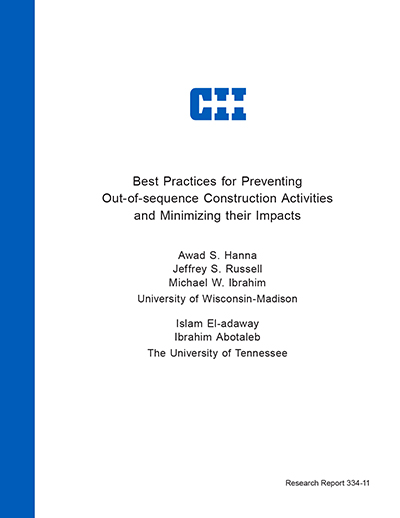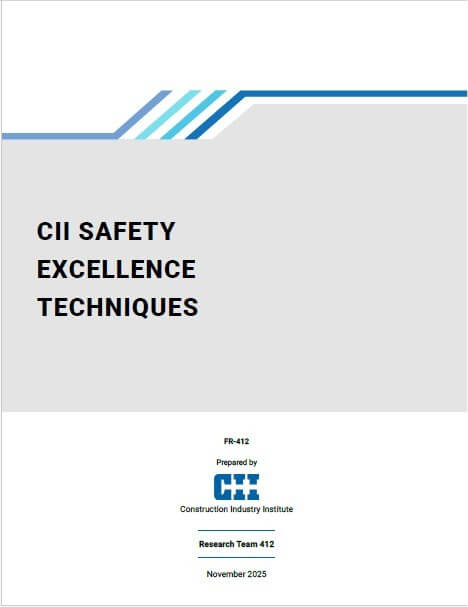
Best Practices for Preventing Out-of-sequence Construction Activities and Minimizing their Impacts
Construction, as an industry, has faced a well-documented, persistent, decline in its productivity levels for decades. As such, prestigious research institutions like the Construction Industry Institute (CII) have put forth numerous research studies concerning the multitude of causes of productivity loss. However, there is a persistent missing piece in this body of academic literature which is frequently cited by contractors and owners as a pressing issue: Out-of-sequence work.
Out-of-sequence construction work (OOS) is defined by Research Team 334 (RT-334) as an activity or series of activities that are not performed according to a planned logical productive sequence. OOS is a serious and pressing issue that the construction industry faces, causing delays and cost overruns on numerous projects. In fact, this research concluded that 15% of total project activities are performed out-of-sequence - causing a 33% increase in construction schedule, and a 25% increase in construction cost. To provide solutions to this industry problem, RT-334 examined the causes, warning signs and impacts of OOS, and presents proven, validated concepts that allow for proactive and reactive approaches to reduce the impact of OOS via prevention and mitigation.
The research team utilized two mechanisms to study OOS: The Expert-Based Study (EBS) and the Project-Based Study (PBS). The EBS surveyed 88 industry experts and the PBS examined 42 projects. From the data collected, the research team successfully:
- Identified and ranked 88 causes of OOS, spanning 11 categories, with respect to likelihood of occurrence, relative impact, and risk rating
- Identified and ranked 56 warning signs of OOS, spanning 11 categories, with respect to correlation with the occurrence of OOS
- Quantified the significant impacts of OOS on cost, schedule, productivity, quality, and safety
- Developed a concept file which details 21 concepts, comprised of 181 effective preemptive and responsive actions, to prevent OOS and mitigate its negative impacts
- Analyzed the effectiveness of six CII-recommended or best practices to minimize OOS
- Developed a user-friendly computer-based tool “OOS Decision Support System” that aids practitioners in evaluating the OOS risk of their projects (using OOS gauge) as well as minimizing it through tailoring the research findings to best suit them. The tool was validated by a group of industry beta testers to ensure its applicability and ease of use. Of the beta test group, 100% found the tool useful and planned to apply it to future projects
The quantitative models, concept file, and the OOS Decision Support System are all applicable both to owners and contractors. For this reason, the research team recommends that the tools and practices described herein be used collaboratively by owners and contractors as they work together towards preventing OOS on their projects.



